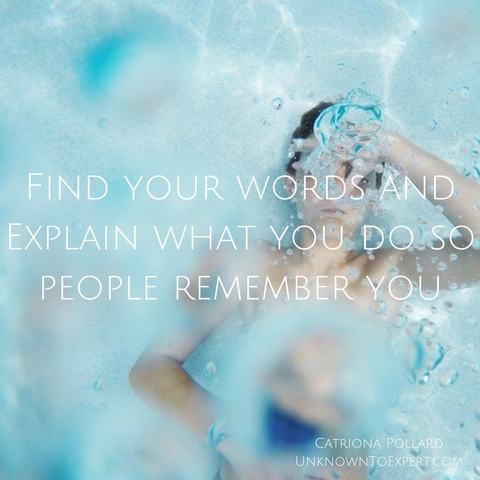Recently I had a journalist email us to let us know that an interview we had set up for him was a disaster. He said the interviewee couldn’t articulately describe what his company did.
The journalist had to interpret the responses, and it resulted in incorrect information about the company being published. Luckily it was an online publication so we got it changed. But it wasn’t the journalist’s fault, it was the interviewee’s.
Whether you’re trying to gain the interest of a potential customer, trying to get the attention of a journalist or simply explaining what you do, having a strong elevator statement is essential.
An elevator statement is a quick summary you use in any situation where you need to explain your business or what you do in a clear and concise manner.
It’s perfect to use when you need to explain to someone with limited knowledge of your industry what you do, how you do it and who you do it for. It should be simple, short, concise and easy to understand.
3 quick tips:
- Write down what you do. Get a pen and paper out and write what you do in different ways. Don’t be too particular at this stage as this first step is for generating ideas and getting a feel for descriptive words.
- Get another opinion. Once you have made necessary edits and perfected your statement to fit into a 30-60 second time frame, run it by as many people as you can. It helps to do this practice with people you trust that already have some understanding of what you do so they can best provide feedback.
- Practice, practice, practice. Now you have your final statement. Write it down and memorise it so you are comfortable delivering it in any situation.

Tweetable: Ever get stuck when asked what you do? Here are 3 tips for rocking your elevator statement @CatrionaPollard bit.ly/2gfISX7
